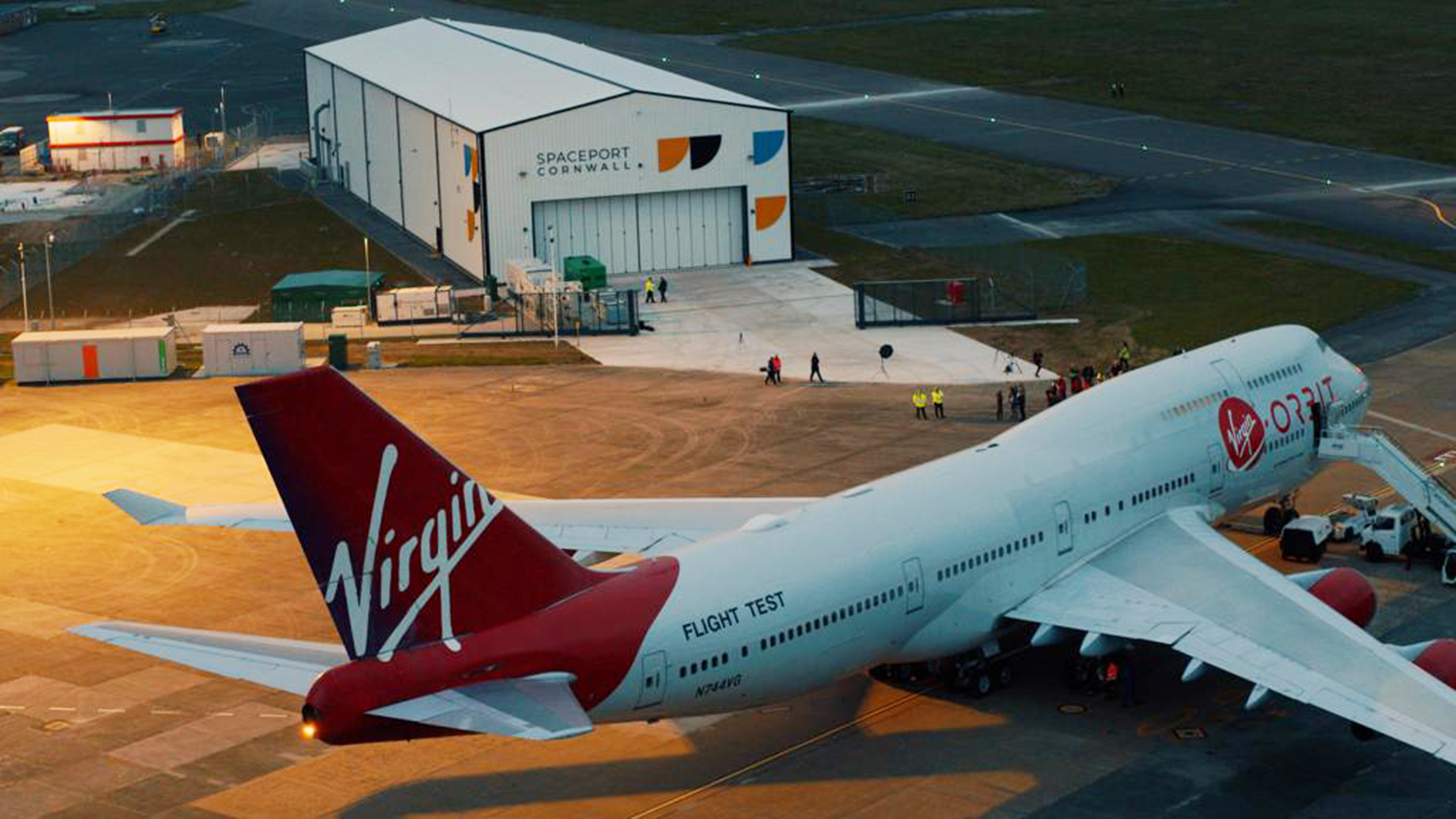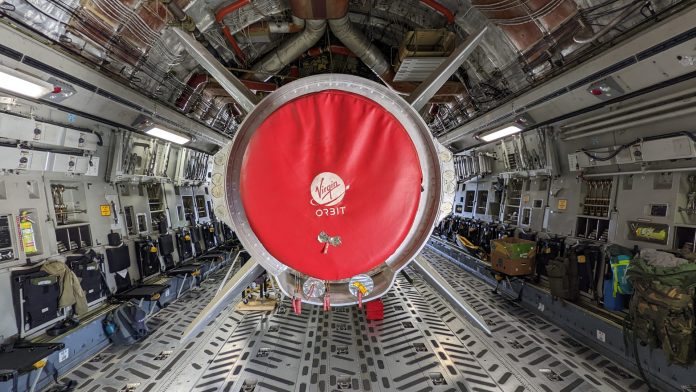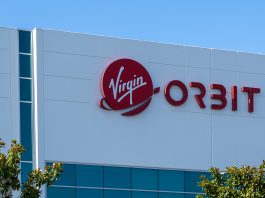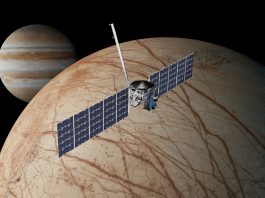UK galactic ambitions were brought back down to Earth last night after the country’s historic first space launch ended in failure due to a technical anomaly.
The maiden space launch on UK soil was meant to symbolise the most significant milestone to date for the UK space industry, skyrocketing the country into the final frontier. However, despite reaching space, the Virgin Orbit mission failed to achieve its target orbit due to a technical failure.
Matt Archer, Director of Commercial Spaceflight at the UK Space Agency, said: “Last night, Virgin Orbit attempted the first orbital launch from Spaceport Cornwall. We have shown the UK is capable of launching into orbit, but the launch was not successful in reaching the required orbit. We will work closely with Virgin Orbit as they investigate what caused the anomaly in the coming days and weeks.
“While this result is disappointing, launching a spacecraft always carries significant risks. Despite this, the project has succeeded in creating a horizontal launch capability at Spaceport Cornwall, and we remain committed to becoming the leading provider of commercial small satellite launch in Europe by 2030, with vertical launches planned from Scotland.”
Why did the space launch fail?
The Virgin Orbit space launch successfully took off late last night from the runway at Spaceport Cornwall, which in just a few weeks, has been transformed from empty concrete at a commercial airport to the newest space launch operation centre globally.
The modified Boeing 747 that serves as the LauncherOne system’s carrier aircraft – known as cosmic girl – travelled to the designated drop zone and successfully released the rocket. The rocket engines subsequently ignited, rapidly reaching supersonic speeds to arrive in space, then achieving stage separation and ignition of the second stage.

However, during the firing of the rocket’s second stage engine, when the rocket was travelling at speeds exceeding 11,000 miles per hour, the system experienced an anomaly, causing the mission to end. Of the five LauncherOne missions carrying payloads for private companies and governmental agencies, this is the first to fail to deliver its payloads to their precise target orbit.
Dan Hart, the Virgin Orbit CEO, commented: “While we are very proud of the many things that we successfully achieved as part of this mission, we are mindful that we failed to provide our customers with the launch service they deserve. The first-time nature of this mission added layers of complexity that our team professionally managed through.
“However, in the end, a technical failure appears to have prevented us from delivering the final orbit. We will work tirelessly to understand the nature of the failure, make corrective actions, and return to orbit as soon as we have completed a full investigation and mission assurance process.”
The setback will not deter space goals
Despite the space launch not reaching its target orbit, by reaching space and achieving several first-time achievements, the mission will be critical to propelling the UK space industry forward. The project stimulated new collaborations from a range of partners, including the UK Space Agency, the Royal Air Force, the Civil Aviation Authority, the US Federal Aviation Administration, the National Reconnaissance Office, and more, showing that a UK space launch is attainable.
Melissa Thorpe, the Head of Spaceport Cornwall, concluded: “We are so incredibly proud of everything we have achieved with our partners and friends across the space industry here in the UK and the US – we made it to space – a UK first. Today we inspired millions, and we will continue to look to inspire millions more. Not just with our ambition but also with our fortitude. Yes, space is hard, but we are only just getting started.”









